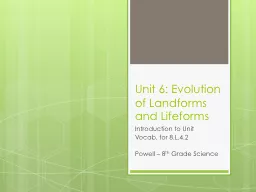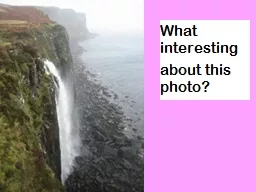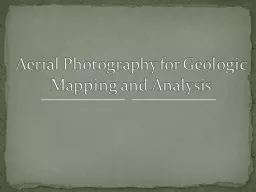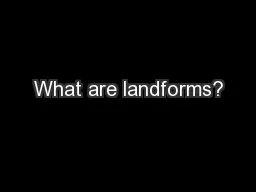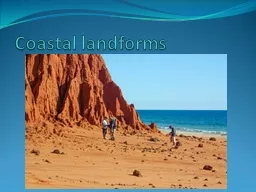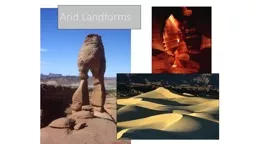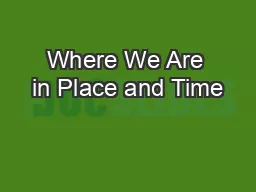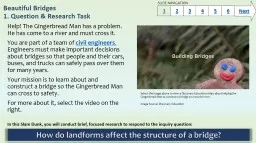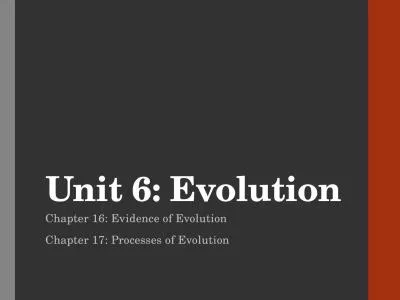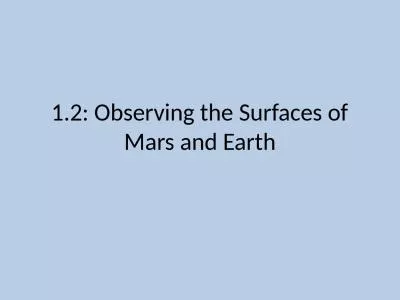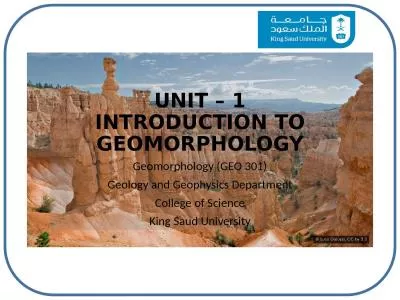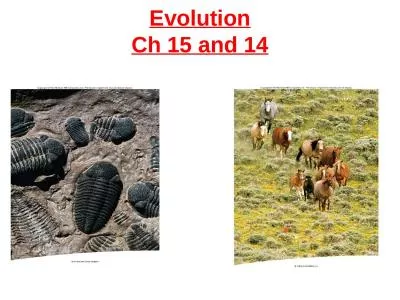PPT-Unit 6: Evolution of Landforms and
Author : pamella-moone | Published Date : 2017-05-13
Lifeforms Introduction to Unit Vocab for 8L42 Powell 8 th Grade Science Watch Isnt Evolution Just a Theory httpwwwpbsorgwgbhevolutioneducatorsteachstuds svideoshtml
Presentation Embed Code
Download Presentation
Download Presentation The PPT/PDF document "Unit 6: Evolution of Landforms and" is the property of its rightful owner. Permission is granted to download and print the materials on this website for personal, non-commercial use only, and to display it on your personal computer provided you do not modify the materials and that you retain all copyright notices contained in the materials. By downloading content from our website, you accept the terms of this agreement.
Unit 6: Evolution of Landforms and: Transcript
Download Rules Of Document
"Unit 6: Evolution of Landforms and"The content belongs to its owner. You may download and print it for personal use, without modification, and keep all copyright notices. By downloading, you agree to these terms.
Related Documents

